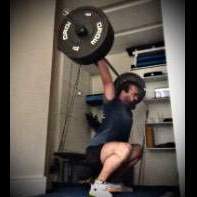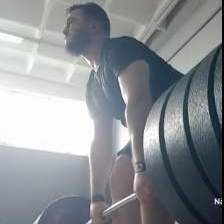Diário do gato de Schrödinger: LPO, powerlifting e umas paradinhas boribildi
-
Quem Está Navegando 0 membros estão online
- Nenhum usuário registrado visualizando esta página.
-
Conteúdo Similar
-
- 137 respostas
- 9489 visualizações
-
- 541 respostas
- 38528 visualizações
-






Posts Recomendados
Crie uma conta ou entre para comentar
Você precisar ser um membro para fazer um comentário
Criar uma conta
Crie uma nova conta em nossa comunidade. É fácil!
Crie uma nova contaEntrar
Já tem uma conta? Faça o login.
Entrar Agora